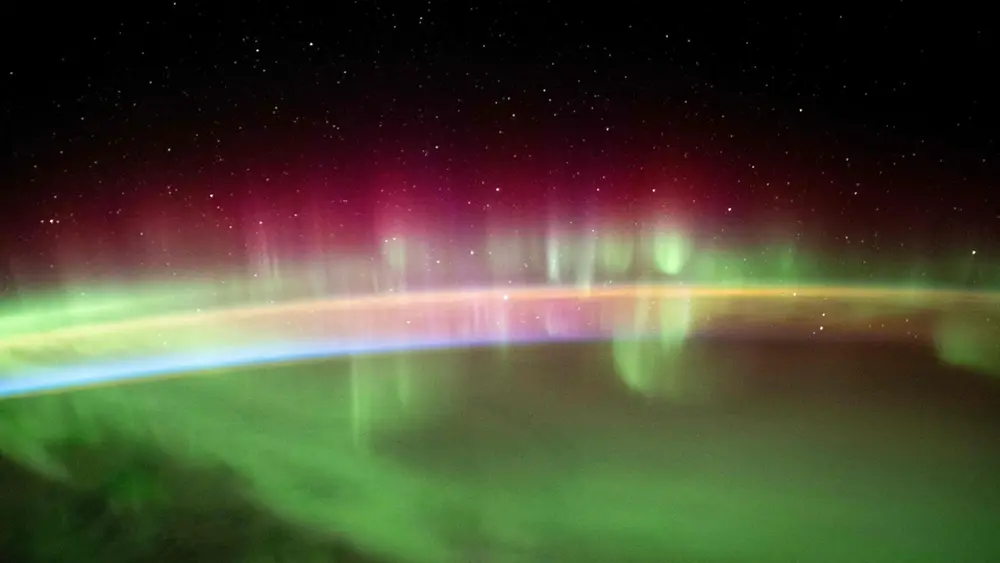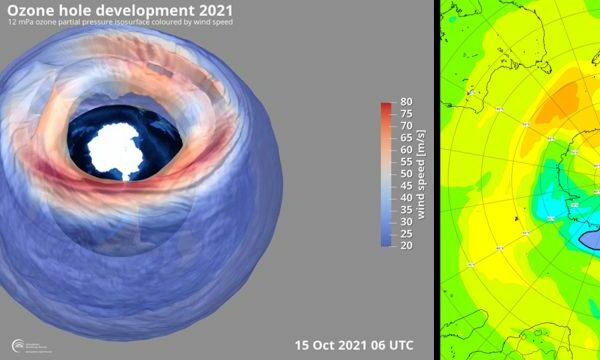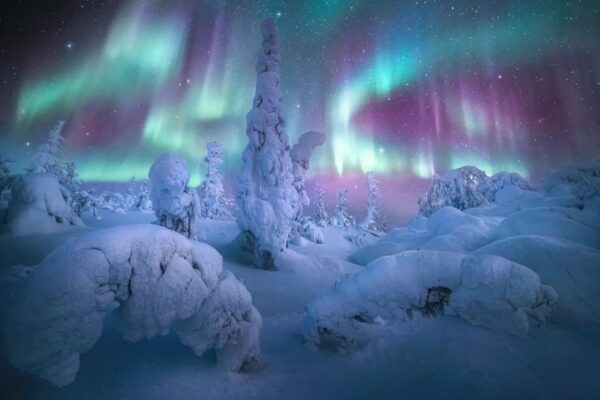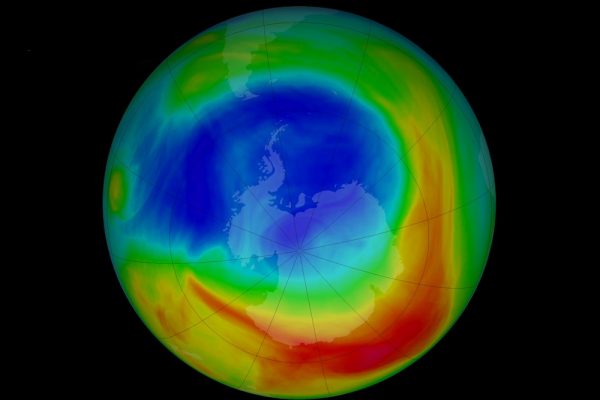The Aurora Borealis: A Phenomenon that Causes Ozone Layer Depletion
The Northern Lights also commonly known as the Aurora Borealis is a display of natural and beautiful lights across the dark sky. Italian astronomer Galileo Galilei named this phenomenon of dancing wave light as “Aurora Borealis” after the name of a Roman goddess of the Dawn and a Greek god of the north wind, respectively. However, a report has revealed that the phenomena of Aurora Borealis causes ozone layer depletion.
The pretty Northern Lights are now suspected of being deadly, as it damages the ozone layer and could have a stark impact on climate change.
A team of scientists led by Prof. Yoshizumi Miyoshi from Nagoya University, Japan, has analyzed this phenomenon and the observations have been published in the journal Scientific Reports.
Prof. Miyoshi explains;
PsAs occur almost daily, are spread over large areas, and last for hours. Therefore, the ozone depletion from these events could be significant. This is only a case study. Further statistical studies are needed to confirm how much ozone destruction occurs in the middle atmosphere because of electron precipitation. After all, the impact of this phenomenon on the climate could potentially impact modern life.
According to the study, the sun ejects charged particles at any given moment, the ejection takes place from the sun’s upper atmosphere, which thereafter creates solar wind. These particles slam into the ozone layer and get trapped inside the magnetic field that surrounds the earth.
The trapped electrons escape to enter the thermosphere because of the interactions between electrons and plasma waves, this is known as precipitation and is responsible for the aurorae but it also causes ozone layer depletion.
The reason behind mesospheric ozone depletion is still unclear. The observation was later aimed at Pulsating aurorae (PsA), which is a type of faint aurora.
Also Read: Recovering Ozone Layer Reduces Carbon in Atmosphere, Finds a Study
The team coordinated experiments with the European Incoherent Scatter (EISCAT) radar, the Japanese spacecraft Arase and the all-sky camera network.
According to data by Arase, the trapped electrons in the earth’s magnetosphere have a wide energy range. It also indicated the presence of a phenomenon called Alfevn waves, which gives these particles a boost. Alfven waves occur in the plasma due to electromagnetic forces. Through computer simulations of Arase’s observation, it was showed that the plasma waves cause precipitation of these electrons.
Electrons with a wide energy range, precipitate to cause PsA and easily penetrate the earth’s atmosphere. These electrons immediately deplete the local zone in the mesosphere upon hitting it, an analysis of EISCAT data showed.
Via: Hindustan Times Tech



